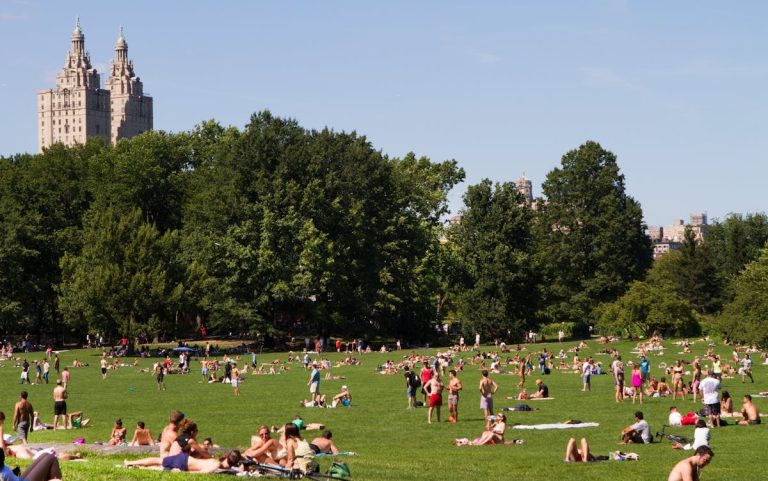12 Facts About the U.S. Tourism Freefall You Need to Know
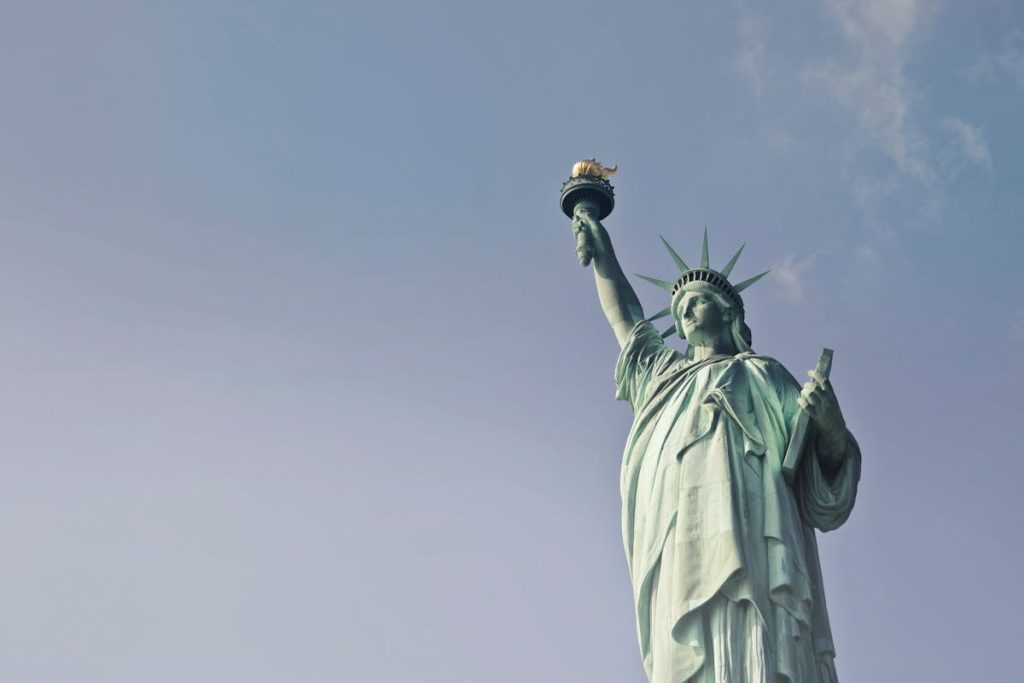
Travel patterns around the world are changing, and the United States is feeling the impact. Once a leading destination for international visitors, the country is now experiencing a noticeable decline in arrivals and spending. From visa delays to cost concerns, multiple factors are driving this drop. Understanding what’s behind the downturn reveals how travel trends, economic shifts, and global perceptions are reshaping the nation’s tourism industry in unexpected ways.
International Arrivals Continue to Decline
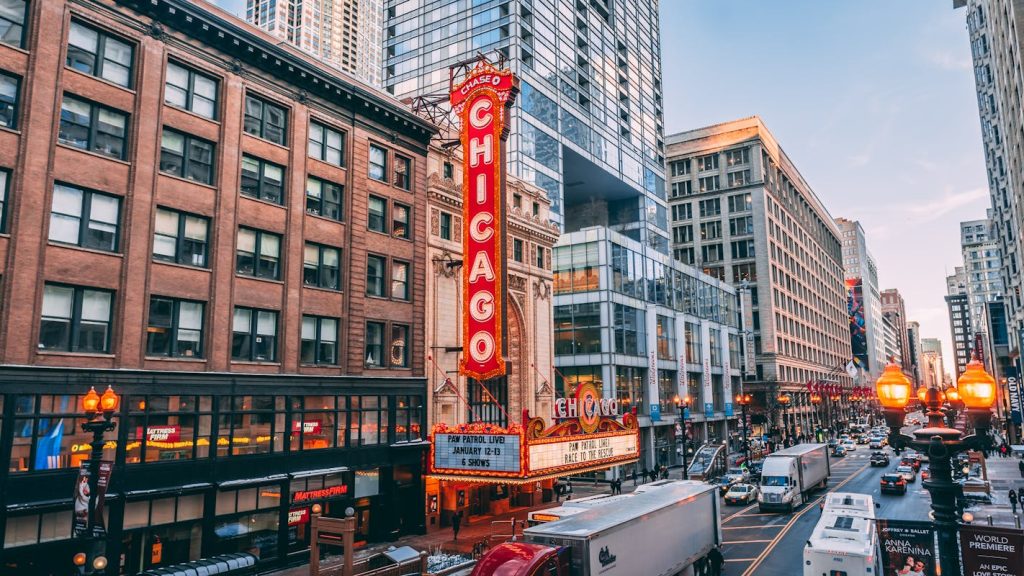
Fewer visitors are entering the United States compared to pre pandemic years. Even as global tourism rebounds, the country’s numbers lag behind other top destinations. Lengthy visa processes, higher airfare, and competition from more accessible regions have made it harder to attract global travelers. This slowdown has disrupted cities that once relied on strong tourism revenue.
Visa Processing Times Remain a Major Barrier
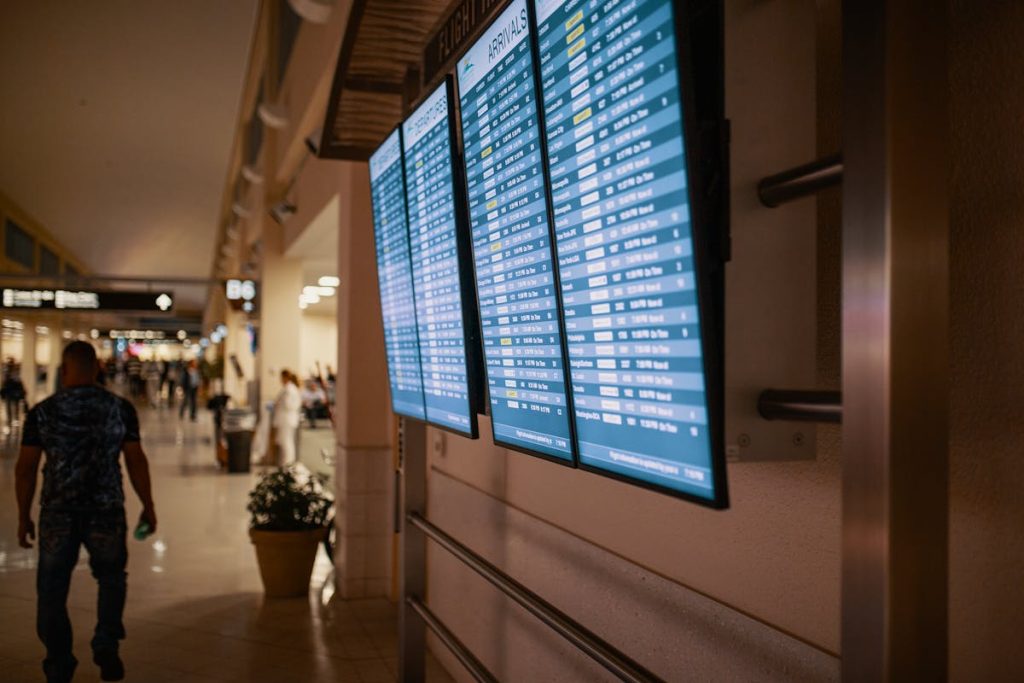
The long wait for travel visas is discouraging potential visitors. In some countries, applicants face delays of several months before securing an appointment. This inconvenience often pushes tourists toward destinations with faster approval systems. For the United States, reducing these backlogs could be key to reviving international interest and rebuilding confidence in its travel infrastructure.
Economic Impact on Local Businesses

Local economies across the U.S. are seeing fewer foreign visitors spending on hotels, dining, and attractions. Many small businesses in tourist dependent cities report slower seasons and thinner profits. The ripple effect extends to service workers, transportation providers, and cultural institutions that depend on steady international foot traffic to thrive.
Strong Dollar Hurts Foreign Spending Power

A robust U.S. dollar means that visitors’ currencies don’t stretch as far. For many international tourists, lodging, meals, and attractions now cost significantly more than before. This economic imbalance makes alternative destinations more appealing, especially for travelers looking to make their money go further without compromising on experience.
Shift Toward Competing Destinations
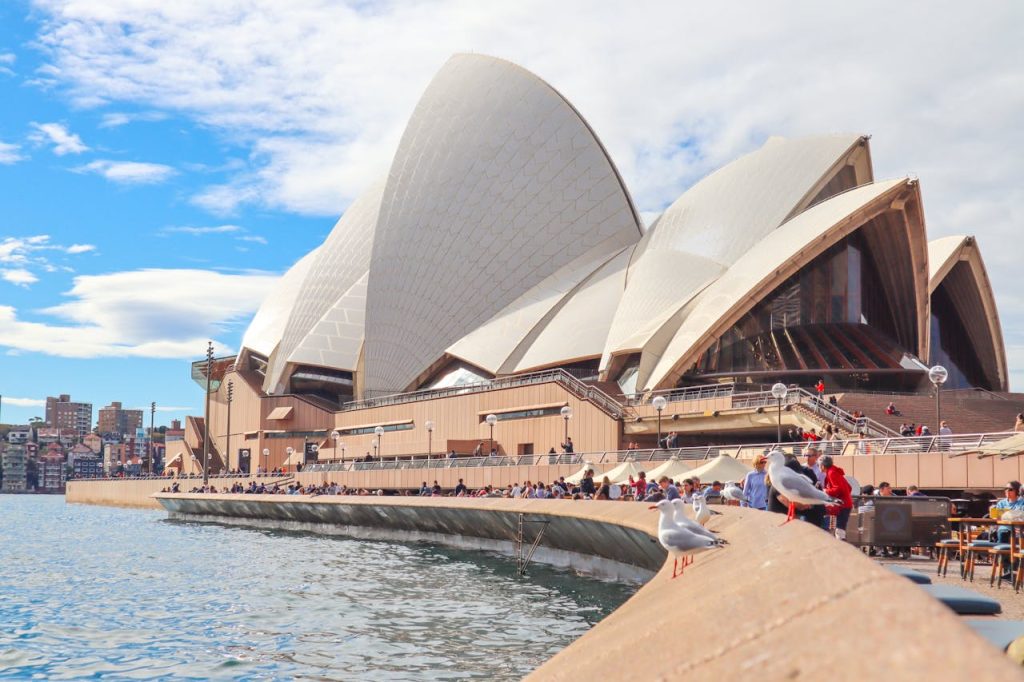
Countries across Europe, Asia, and South America are actively courting international visitors with relaxed policies and attractive packages. These destinations now offer similar experiences at lower costs. As a result, the global share of travelers choosing the U.S. is shrinking, signaling a shift in the competitive tourism landscape.
Business Travel Has Not Fully Recovered
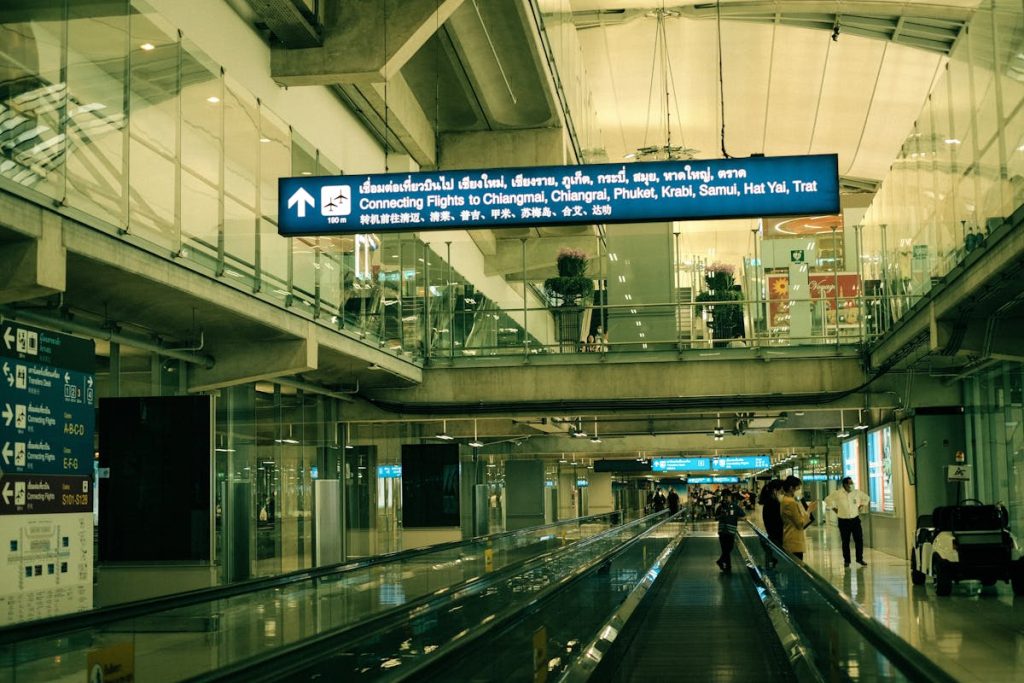
Corporate travel, once a major revenue stream, continues to lag behind leisure tourism. Many companies have shifted to virtual meetings and hybrid events, cutting back on international conferences. This drop has hurt major convention centers and hotels in cities like Las Vegas, Chicago, and New York, where business tourism once flourished.
Tourism Marketing Lacks Global Visibility

While other nations are investing heavily in international advertising, the U.S. has reduced its tourism marketing budget. Without strong global campaigns, fewer travelers are aware of new destinations and attractions. This lack of visibility limits the country’s ability to compete for tourists in an increasingly crowded market.
Airfare and Travel Costs Keep Rising
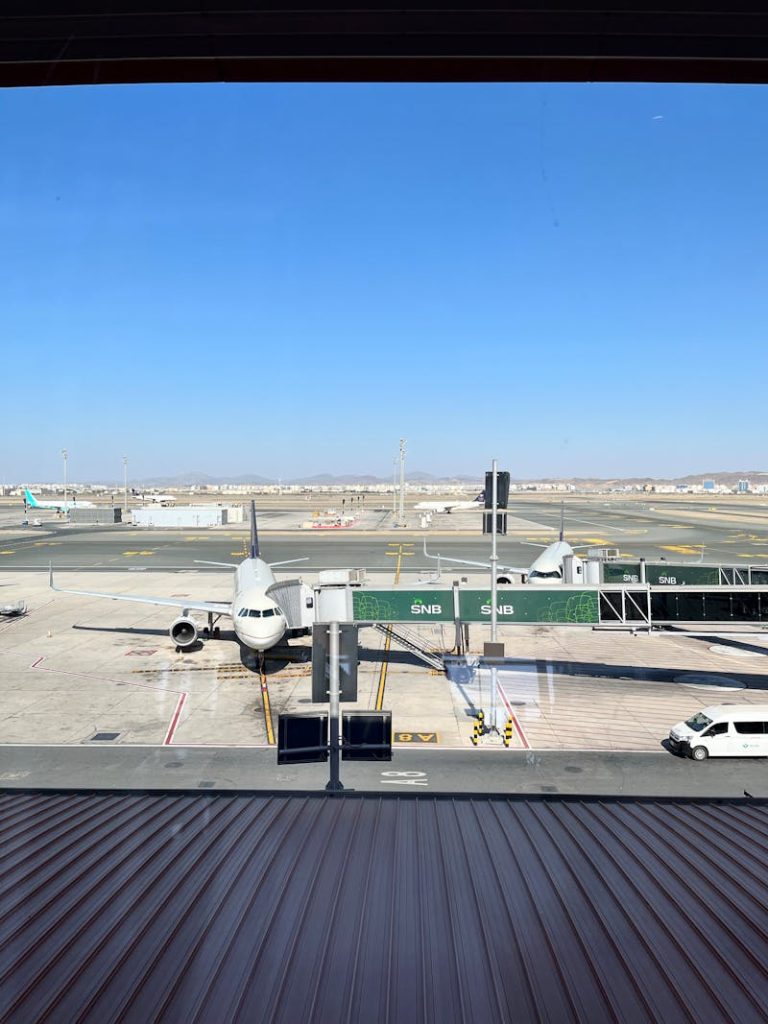
Flights to and within the United States remain expensive, driven by higher fuel prices and airline consolidation. These rising costs discourage long haul visitors and reduce the frequency of return trips. Affordable air travel plays a key role in tourism growth, and until prices stabilize, recovery will likely remain slow.
Negative Perceptions Around Safety
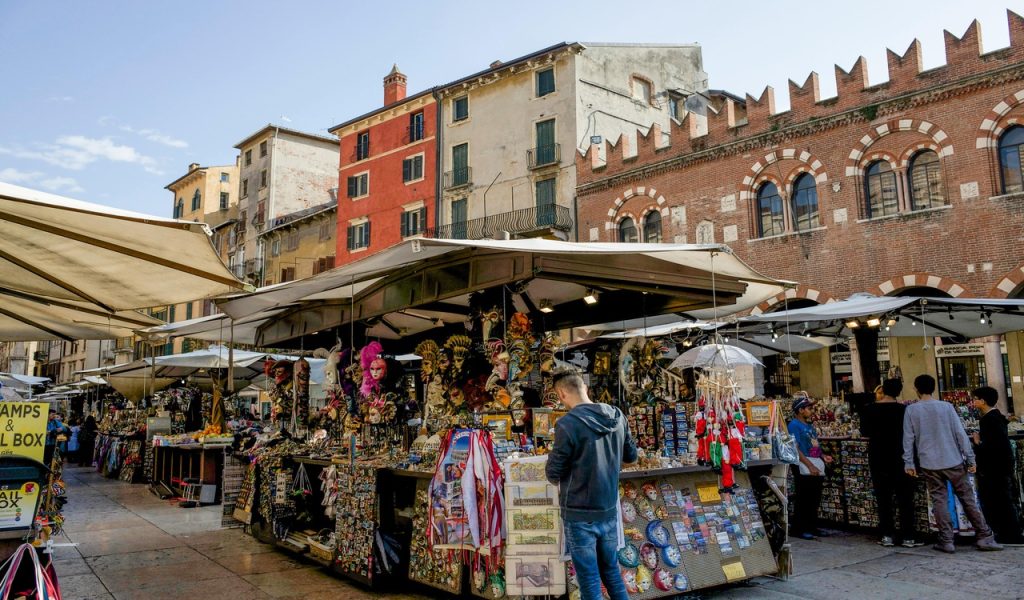
Concerns about crime, gun violence, and political unrest influence how outsiders perceive travel to the U.S. Media coverage often amplifies these fears, overshadowing the country’s many safe and welcoming destinations. Addressing these perceptions through communication and safety measures could help restore visitor confidence.
Infrastructure Struggles to Keep Up
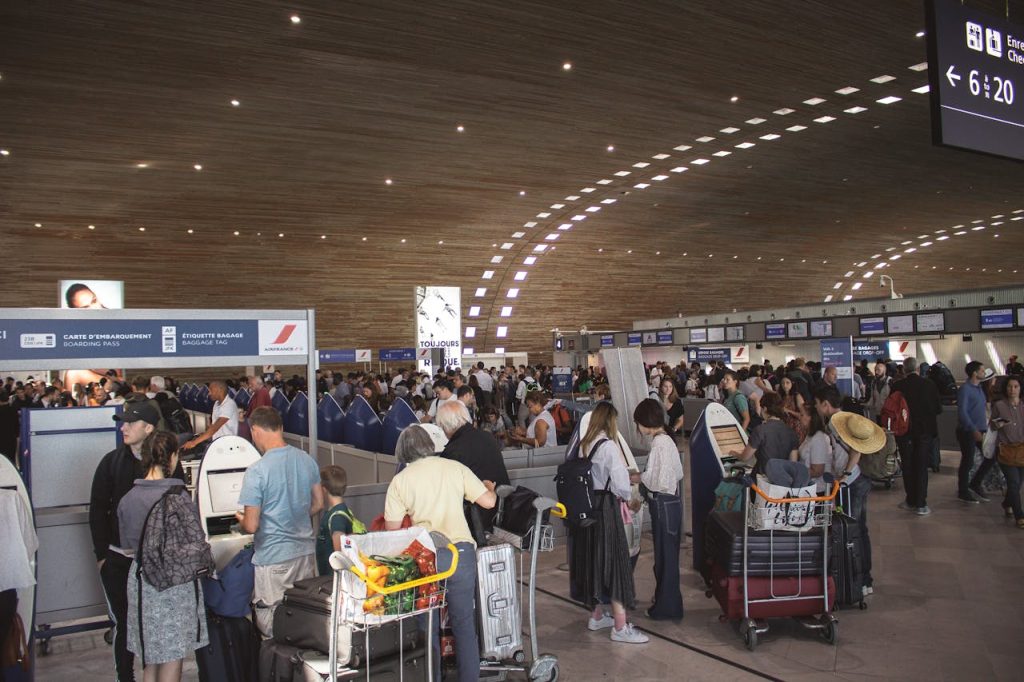
Airports, roads, and public transit systems in many U.S. cities are aging and congested. For international visitors, these challenges can create a stressful first impression. Investing in infrastructure improvements would not only enhance domestic travel but also make the country more appealing to global tourists seeking smooth, reliable experiences.
Labor Shortages Affect Visitor Experience
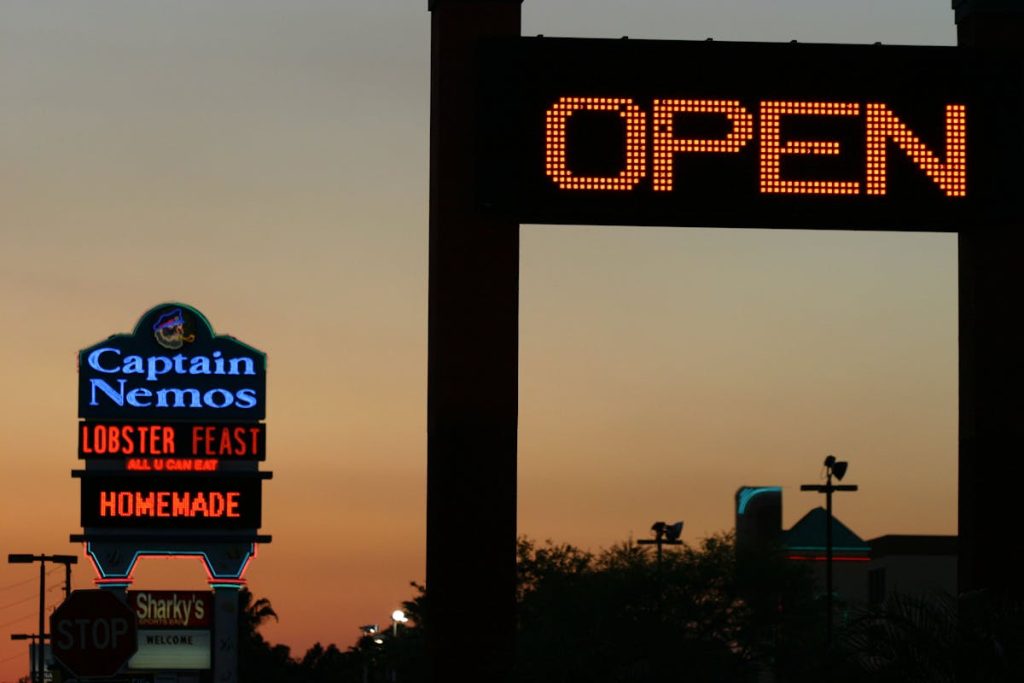
Many hotels, restaurants, and attractions face staff shortages, leading to longer wait times and reduced service quality. These operational gaps can frustrate visitors and diminish satisfaction levels. Rebuilding a stable tourism workforce is essential for ensuring that guests receive the level of hospitality expected from a world class destination.
Recovery Efforts Face an Uphill Battle
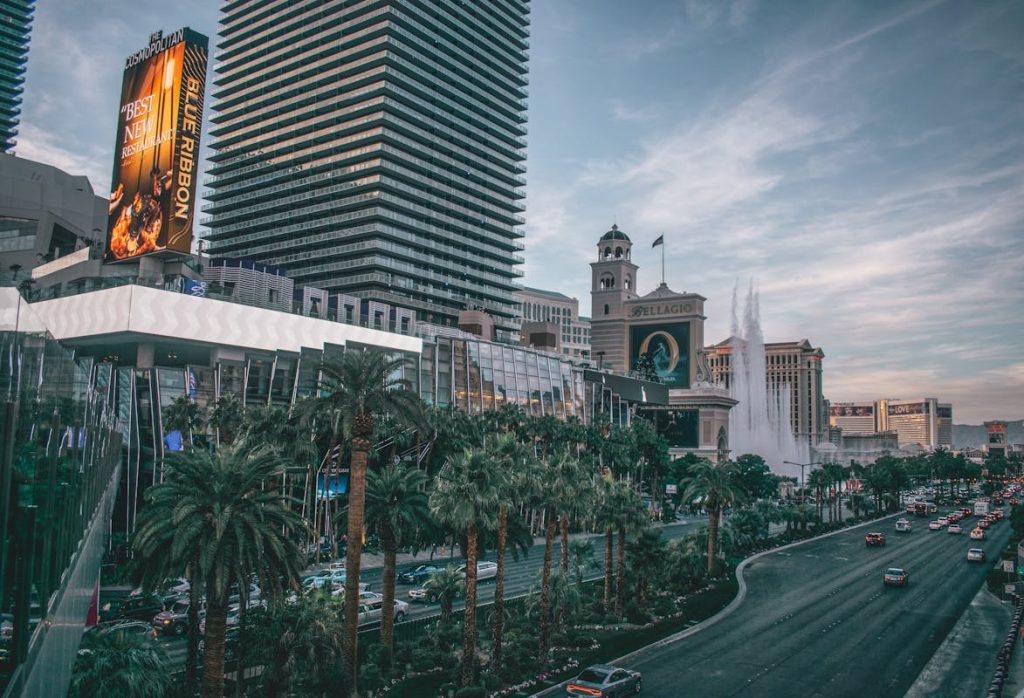
Despite efforts to attract travelers through new policies and marketing, recovery remains uneven. Some regions have rebounded faster than others, but overall growth still trails behind global averages. For the U.S. to reclaim its former tourism strength, it will need coordinated strategies that address both perception and accessibility challenges on a global scale.





